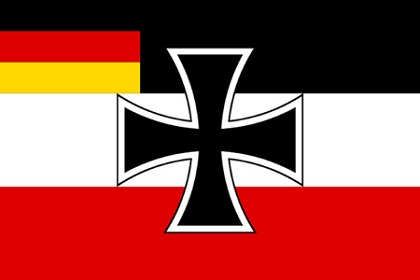
In mid-1919 the assembly ratified the constitution of the new Weimar Republic, so named because its constitution was drafted in the small city where the poets Goethe and Schiller had lived. The constitution established a federal republic consisting of nineteen states. The republic’s government was a mixed strong president and parliamentary system, with the president seen by many as a sort of substitute Kaiser. The president was elected by popular direct ballot to a seven-year term and could be reelected. He appointed the chancellor and, pursuant to the chancellor’s nominations, also appointed the cabinet ministers. However, the cabinet had to reflect the party composition of the Reichstag and was also responsible to this body. Election to the Reichstag was by secret ballot and popular vote. Suffrage was universal. Thus, Germany had a truly democratic parliamentary system. However, the president had the right to dismiss the cabinet, dissolve the Reichstag, and veto legislation. The legislative powers of the Reichstag were further weakened by the provision for presidential recourse to popular plebiscite. Article 48, the so-called emergency clause, accorded the president the right to allow the cabinet to govern without the consent of parliament whenever it was deemed essential to maintaining public order.
Related articles:
Problems of Parliamentary Politics in The Weimar Republic
The Stresemann Era
Hitler and the Rise of National Socialism
The History and Meaning of German Coat of Arms and National Symbols
